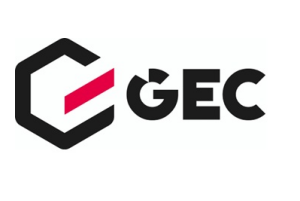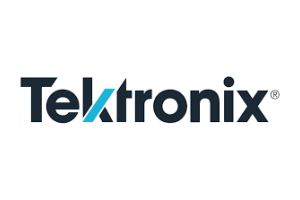Bi-directional charging
No vehicle-to-grid without good payment
Around 30 per cent of those already driving electric cars today are prepared to use their vehicle as an energy storage system as part of V2H (vehicle-to-home), V2G (vehicle-to-grid) or V2B (vehicle-to-business). The technology has potential - but only if the framework conditions are right.
The decisive standards for the market launch of bidirectional charging are still missing, but the industry is working on corresponding offers - and many e-car drivers are already waiting for it to start. For the Bidirectional Charging Study, UScale has now analysed the expectations, barriers and preferences of potential users in Germany for the third time:
#1 From idealistic to economic: motives are changing
For many, ecological convictions are the first impulse in favour of bidirectional charging. However, with increasing market penetration, economic motives are gaining the upper hand. The biggest barriers: Concerns about battery life, lack of confidence in the technology and perceived inadequate financial incentivisation.
#2 Vehicle-to-Grid: Significant financial benefits are required
With vehicle-to-grid, the benefits lie primarily with grid operators and energy suppliers. For drivers to actually get on board, the expected financial benefits must be significant. The respondents expect a remuneration that is significantly higher than the purchase price.
#3 Vehicle-to-home: the price has to be right
The main beneficiaries of vehicle-to-home are the users themselves. The majority are prepared to invest up to €1,500 in wallboxes and vehicle technology in order to be able to use V2H.
#4 Trust is crucial - ‘everything from a single source’ is preferred
Charging technology providers currently enjoy the highest level of trust as solution partners - especially when they offer a complete solution. However, preferences are shifting with the entry of new customer segments into electromobility: Energy suppliers, energy service providers, car dealers and car manufacturers are gaining in importance. Who is ahead depends on the respective use case and the individually perceived hurdles.
It all comes down to implementation and trust
»Bidirectional charging brings many advantages - especially for the industry. Bidirectional charging will only work in the market if providers are prepared to give e-car drivers a significant slice of the pie. Whether the willingness of providers to share is sufficient remains to be seen,« comments Dr Axel Sprenger, founder and Managing Director of UScale.
The study at a glance
In April 2025, a total of 1,862 e-car drivers with different charging habits were surveyed. In addition, a comparison group of 506 combustion engine drivers with varying degrees of interest in e-cars served as a reference. The study was conducted in Germany. The pain-gain construct was used to determine willingness to use.





